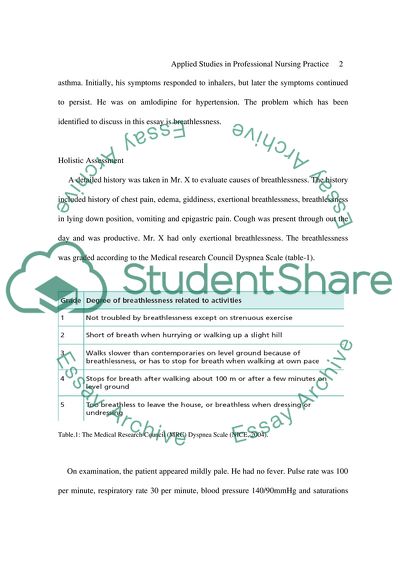Cite this document
(“Applied Studies In Professional Nursing Practice Essay”, n.d.)
Retrieved from https://studentshare.org/miscellaneous/1567374-applied-studies-in-professional-nursing-practice
Retrieved from https://studentshare.org/miscellaneous/1567374-applied-studies-in-professional-nursing-practice
(Applied Studies In Professional Nursing Practice Essay)
https://studentshare.org/miscellaneous/1567374-applied-studies-in-professional-nursing-practice.
https://studentshare.org/miscellaneous/1567374-applied-studies-in-professional-nursing-practice.
“Applied Studies In Professional Nursing Practice Essay”, n.d. https://studentshare.org/miscellaneous/1567374-applied-studies-in-professional-nursing-practice.


